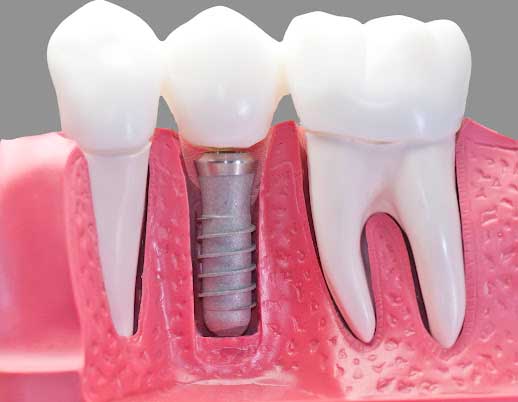
Teeth often experience wear and tear, particularly if you chew hard foods. This can cause cracks and fractures that may be harmless or painful. Fractures usually affect one tooth, but injuries can cause fractures in multiple teeth. Here are the different types of cracks that dentists encounter.
1. Craze Line
Craze lines are thin hairline fractures that form on the outer enamel of the teeth. The lines resemble faint vertical cracks that do not cause discomfort or pain. Craze lines typically appear in the front teeth and don’t need treatment, but they can affect the aesthetics of your smile.
Craze lines result from ice chewing, nail biting, teeth grinding, and uneven bites. Any activity that exerts pressure on the enamel can also cause craze lines. Determining the extent of the craze lines is difficult without the help of a dentist. Once the dentist has diagnosed the problem, they can recommend various remedies, such as using a porcelain veneer to cover the crack.
2. Cracked Teeth
A cracked tooth is when the tooth has an incomplete fracture that originates on the chewing surface and may extend beneath the gums and into the roots. The fracture does not cause the tooth to split in two but can cause the enamel to move and irritate the pulp. Movement of the enamel causes severe discomfort and is one of the most common types of tooth cracks.
Cracked teeth typically occur when you clench your jaw or chew hard objects, such as ice or candy. The common treatment is to undergo root canal therapy. You can also cover the cracked section with a dental crown. Tooth extraction and dental implants may be necessary depending on the extent and location of the fracture.
3. Fractured Cusp
A fractured cusp is an incomplete or complete fracture that breaks off a piece of the tooth chewing surface. The fracture commonly affects the area around an old dental filling or on teeth with big dental fillings. Fractured cusps can extend beneath the gums and affect the bottom and top molars. However, the fracture doesn’t usually affect the connective tissues, blood vessels, and nerves in the teeth.
Although fractured cusps are not usually painful, some people experience pain when they chew or bite food. Other symptoms include temperature sensitivity, gum irritation, and sharp edges on the tooth. To restore the tooth, some dentists apply restorative appliances such as a new crown or filling. If the cusp has exposed the pulp, root canal treatment can fix the damage.
4. Split Tooth
A split tooth is when a crack reaches the gum line and causes the tooth to separate into two fractured halves. The halves separate completely and might even cause the tooth to be loose. Often, a split tooth has reached the untreatable stage, and the damage is too extensive to save the tooth. Salvaging the tooth may only be possible in molar teeth with multiple roots.
A dentist typically extracts the tooth and replaces it with a dental implant. If some part of the tooth remains, the dentist will preserve them with endodontic treatments.
5. Vertical Root Fracture
A vertical root fracture originates beneath the gum line and travels upwards toward the chewing surface. Because the fracture is underneath the tooth’s visible surface, you won’t experience any warning signs until the surrounding gums and tooth become infected.
The surest way to diagnose a vertical root fracture is to do a radiograph. This is when a dentist uses microscopic objects to detect cracks inside the tooth. Teeth with vertical root fractures almost always require extraction.
Injuries, the aging process, and chewing hard foods can cause cracked teeth, but the condition is easy to treat. Dan Czapek, D.M.D, is dedicated to providing high-quality dental services. We have treatment rooms where your entire family can receive dental care. Contact us to book an appointment.





